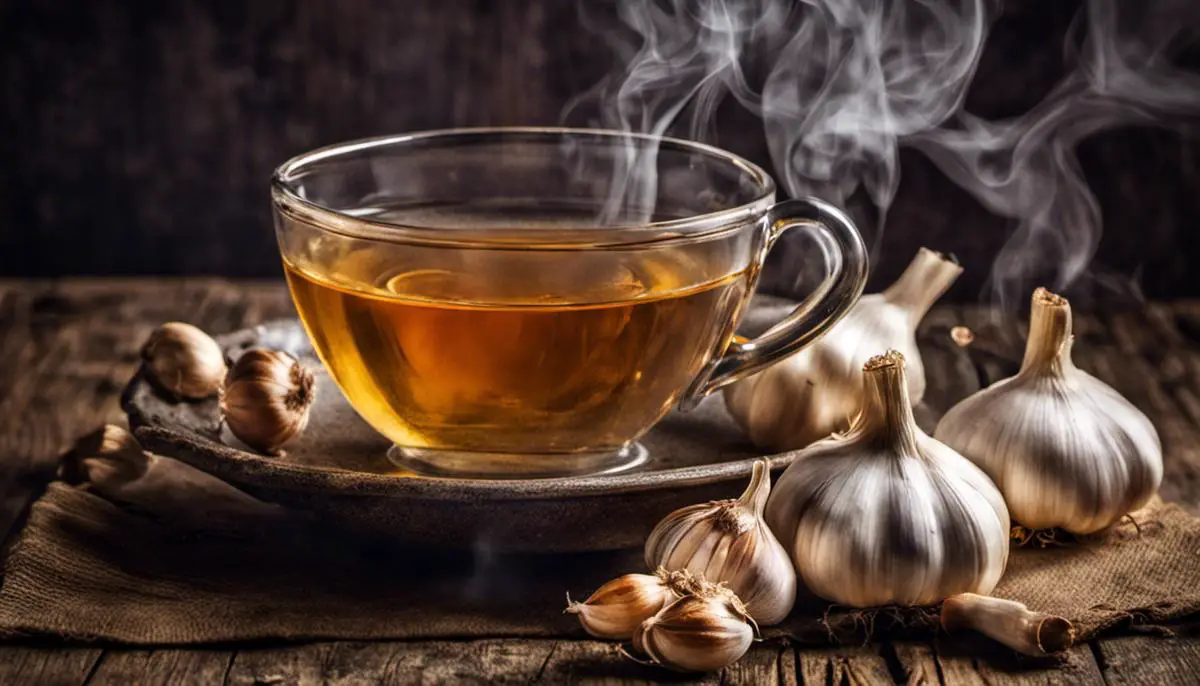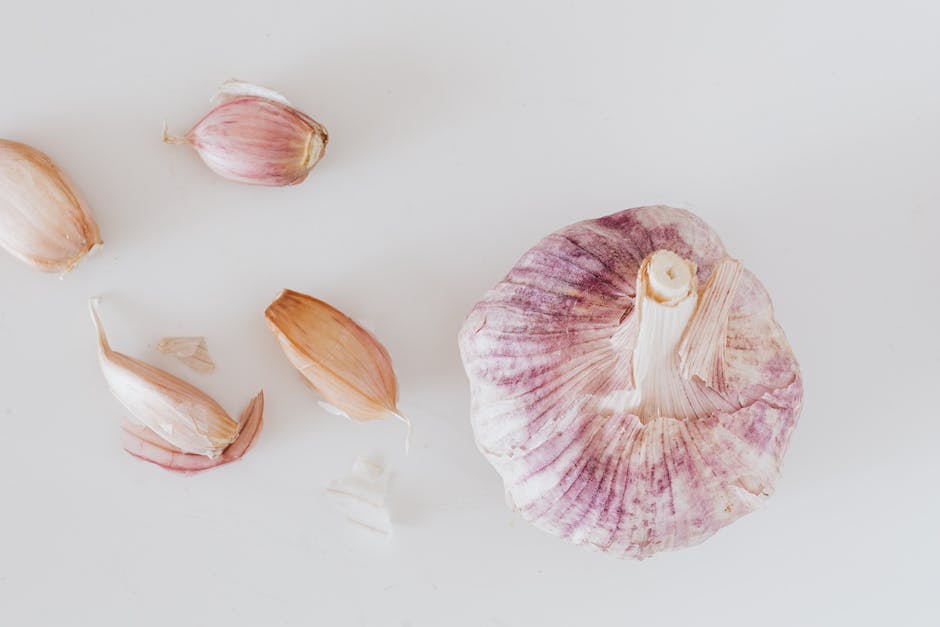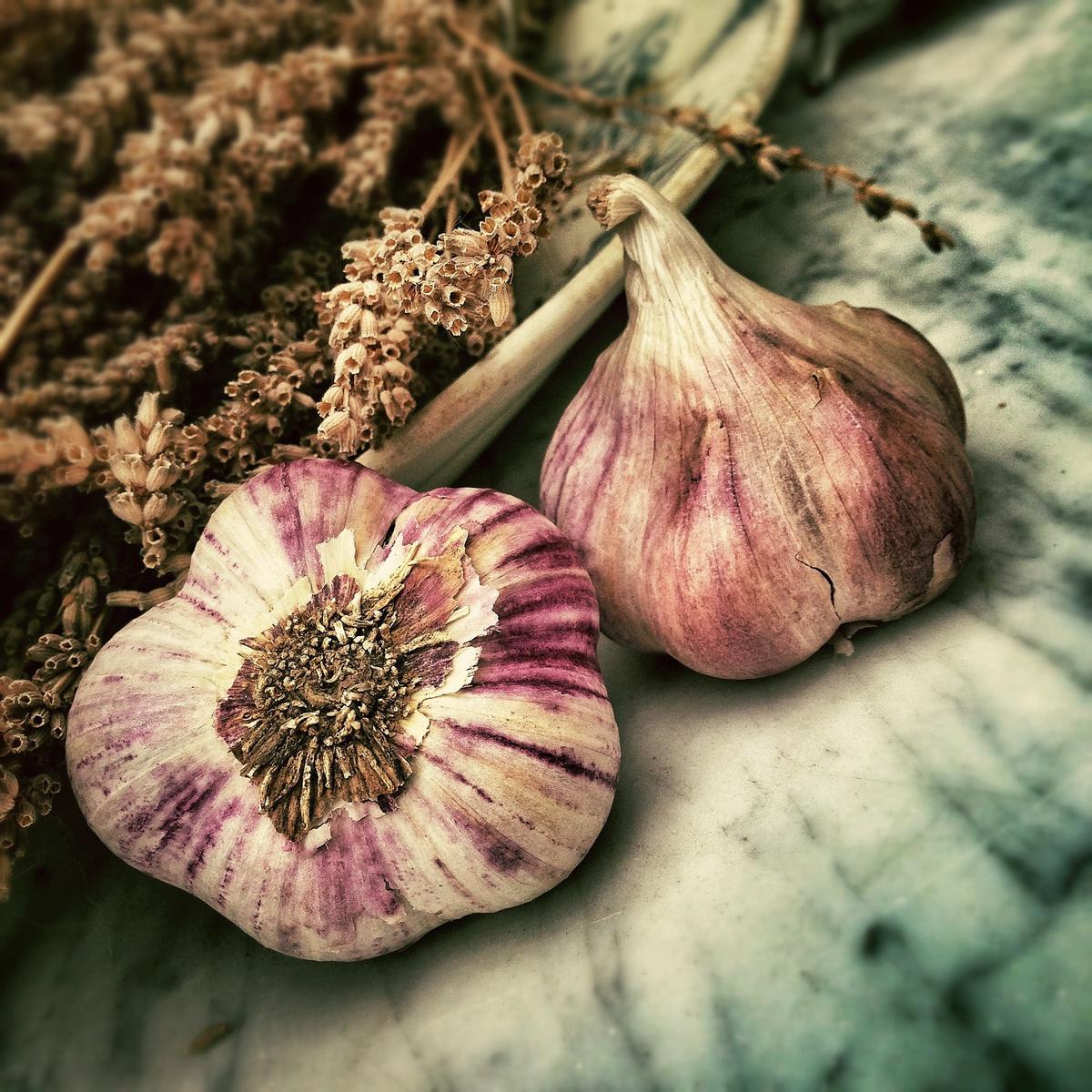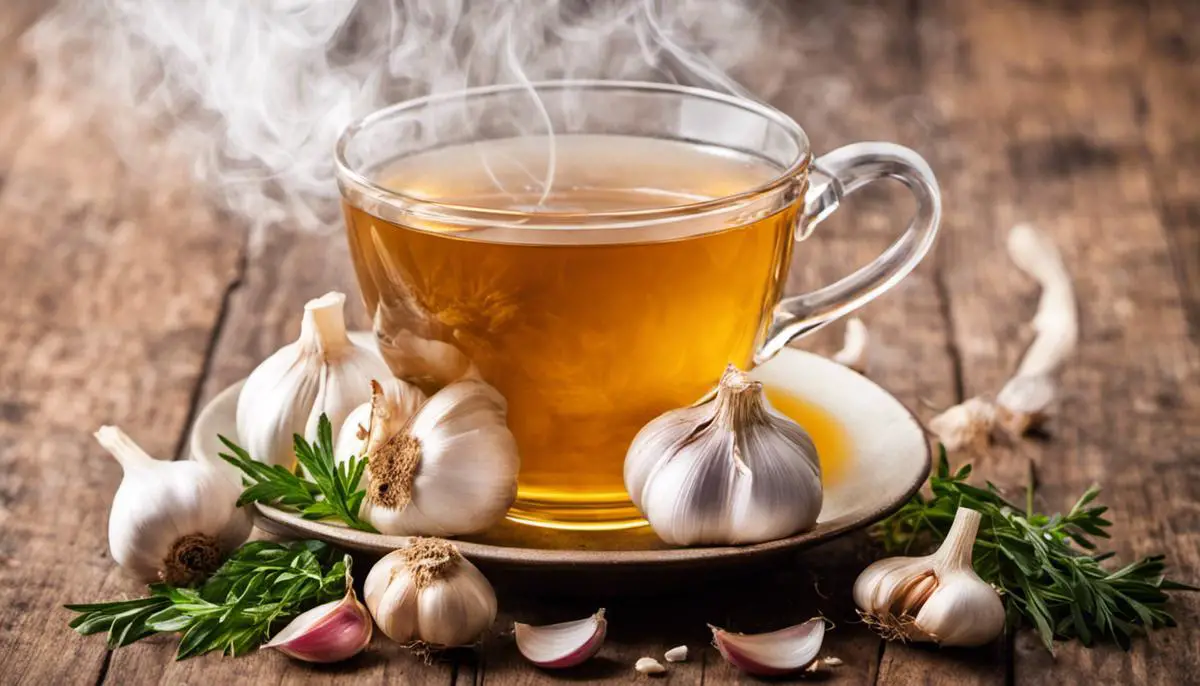Discovering the flavorful and therapeutic world of garlic tea opens up a new perspective on health and wellness. As a powerhouse of nutrition, understanding the properties, preparation, preservation procedures, and appropriate storage of garlic tea can significantly aid in maintaining its beneficial qualities. This knowledge not only enriches our appreciation of garlic tea’s health benefits but also emphasizes the importance of proper storage techniques. Armed with this understanding, we can confidently ensure that we’re obtaining the maximum benefits this incredible infusion has to offer.
Understanding the Properties of Garlic Tea
Understanding the Properties of Garlic Tea
Garlic tea is a warm, soothing drink that is often used for its potential health benefits. Made from the bulbs of the garlic plant, Allium sativum, this tea is typically brewed by simmering crushed cloves in hot water.
Known for its strong, pungent flavor, garlic tea is packed with compounds beneficial to human health. The primary active compound, allicin, is a sulfur-containing substance that has been shown to have antimicrobial, antiviral, and antifungal properties.
Additionally, garlic contains a variety of other beneficial compounds like flavonoids, saponins, and essential oils. These lend to the tea’s nutritional content and health benefits, such as potential antioxidant, anticancer, and cholesterol-lowering properties.
Storing Garlic Tea
In terms of storage, keep in mind that garlic tea’s shelf life is rather short compared to most other teas. When freshly brewed, garlic tea should be consumed within a couple of hours. The reason is that the valuable properties of garlic, especially allicin, can begin to degrade when exposed to air and heat.
If you have leftover garlic tea that you wouldn’t like to waste, it can be stored in the refrigerator. But make sure to consume it within 24 hours. When storing garlic tea, use a well-sealed container to prevent exposure to oxygen, which can speed up the degradation of its active compounds.
When you want to drink the stored garlic tea, the ideal way is to drink it cold or at room temperature to prevent any further loss of its beneficial properties through reheating. If you must heat it, warm it gently on the stove, but avoid bringing it to a boil.
Maintaining the Nutritional Content of Garlic Tea
Finally, besides proper storage, there are a couple more things to consider to ensure maintaining the nutritional content and health benefits of your garlic tea. For instance, in brewing, allowing the garlic to sit after crushing and before boiling may help preserve more allicin. Adding a small amount of lemon juice or vinegar to your tea can also help stabilize the allicin content.
To summarize, understanding the properties of garlic tea is crucial to storing it correctly. By doing so, you can maximize the potential benefits of this pungent, warming brew.

Garlic Tea Preparation and Preservation Procedures
Garlic Tea Preparation
The first step to storing garlic tea is understanding how to prepare it. The base recipe for garlic tea involves boiling 3-4 cloves of garlic in 2-1/2 cups of water for about 15 minutes. Once the tea has reached a good boil, reduce the heat and let it simmer. Then, let the tea cool before straining out the garlic cloves. The tea can be sweetened to taste with honey or sugar, if desired.
Primary Storage Option: Refrigeration
Storing garlic tea in the refrigerator is the most common method used. After making the tea and allowing it to cool completely, it should be transferred to an airtight container or glass jar with a tight fitting lid. Storing the tea in the refrigerator can help it maintain its flavor and potency for up to 2-3 days. It’s essential to always store garlic tea in the refrigerator, as it can sour if left at room temperature for too long.
Long-Term Storage: Freezing
If you want to store garlic tea for a longer period, freezing is the best option. Pour the cooled garlic tea into an ice cube tray, and once frozen, transfer the cubes to a freezer bag or container for long-term storage. Each cube equals about 1-2 tablespoons of tea. You can defrost a cube anytime you want some garlic tea. Frozen garlic tea can last for up to 6 months.
Usage of Preservatives
Another method to extend the storage life of garlic tea is the use of preservatives. These can include natural ones like lemon juice or citric acid. However, the addition of preservatives can alter the flavor of the tea, so use sparingly.
Remember, regardless of the method of preservation you choose, it’s best to consume garlic tea as fresh as possible to gain the most significant health benefits.

Storage Containers and Conditions for Garlic Tea
Selecting Suitable Containers for Garlic Tea Storage
When it comes to storing garlic tea, the selection of storage containers is key to maintaining its quality. Using an airtight container is ideal because it prevents the tea from interacting with air, which can degrade its quality over time. The material of the container also matters. Glass or stainless steel containers are the best options because they are nonreactive and don’t transfer any unwanted flavors to the tea. Also, ensure the container has a tight-fitting lid to keep out air, moisture, and other contaminants.
Effects of Light and Temperature on Stored Garlic Tea
Light and temperature can greatly influence the quality of stored garlic tea. Exposing the tea to light can cause it to degrade faster, leading to a noticeable decrease in flavor and effectiveness. Therefore, it is best to store your garlic tea in a cool, dark place away from direct sunlight. Similarly, high temperatures can reduce the tea’s freshness. Optimal storage conditions for garlic tea would be at room temperature or below, but not exceeding 70 degrees Fahrenheit.
Refrigerating Garlic Tea
If you have prepared a large batch of garlic tea and plan to consume it over several days, refrigeration is a good storage option. Store the tea in an airtight container and place it in the refrigerator. This will help keep the tea fresh and maintain its healing properties. However, be aware that the shelf life of refrigerated garlic tea is not very long – it’s generally best to consume it within two to three days.
Freezing Garlic Tea
Freezing is also an effective method for storing garlic tea, especially if you want to keep it for a longer period. Pour the cooled garlic tea into ice cube trays and allow it to freeze. Once the tea is frozen, you can transfer the cubes to a freezer-safe bag or container for more long-term storage. When you’re ready to use the tea, simply defrost the required number of cubes. Note that while freezing can extend the shelf life of garlic tea, it may slightly alter the taste when compared to a freshly brewed cup.
Storing Dried Garlic for Garlic Tea
For individuals who prefer to make their garlic tea fresh each time, storing the raw ingredient – dried garlic – is crucial. Much like the prepared tea, dried garlic should be kept in an airtight container. It should be stored in a cool, dry place away from light. Never store dried garlic in the refrigerator, as the humidity and condensation can cause it to spoil. When stored correctly, dried garlic can last for several months, allowing you to make a fresh cup of garlic tea whenever desired. Ensure to check for freshness before brewing your tea.

Photo by lobostudiohamburg on Unsplash
Proper appreciation and utilization of garlic tea as a health-promoting agent go beyond the simple act of drinking. It also encompasses its careful preparation, preservation, and storage. By embracing the correct methods of safeguarding garlic tea, one can make the most of its nutritive content, health benefits, and flavor. Equipped with these insights, garlic tea enthusiasts can confidently integrate this advantageous brew into their health regimen without compromising its beneficial effects due to incorrect storage.
